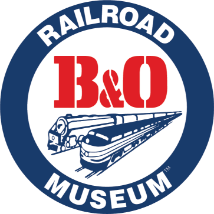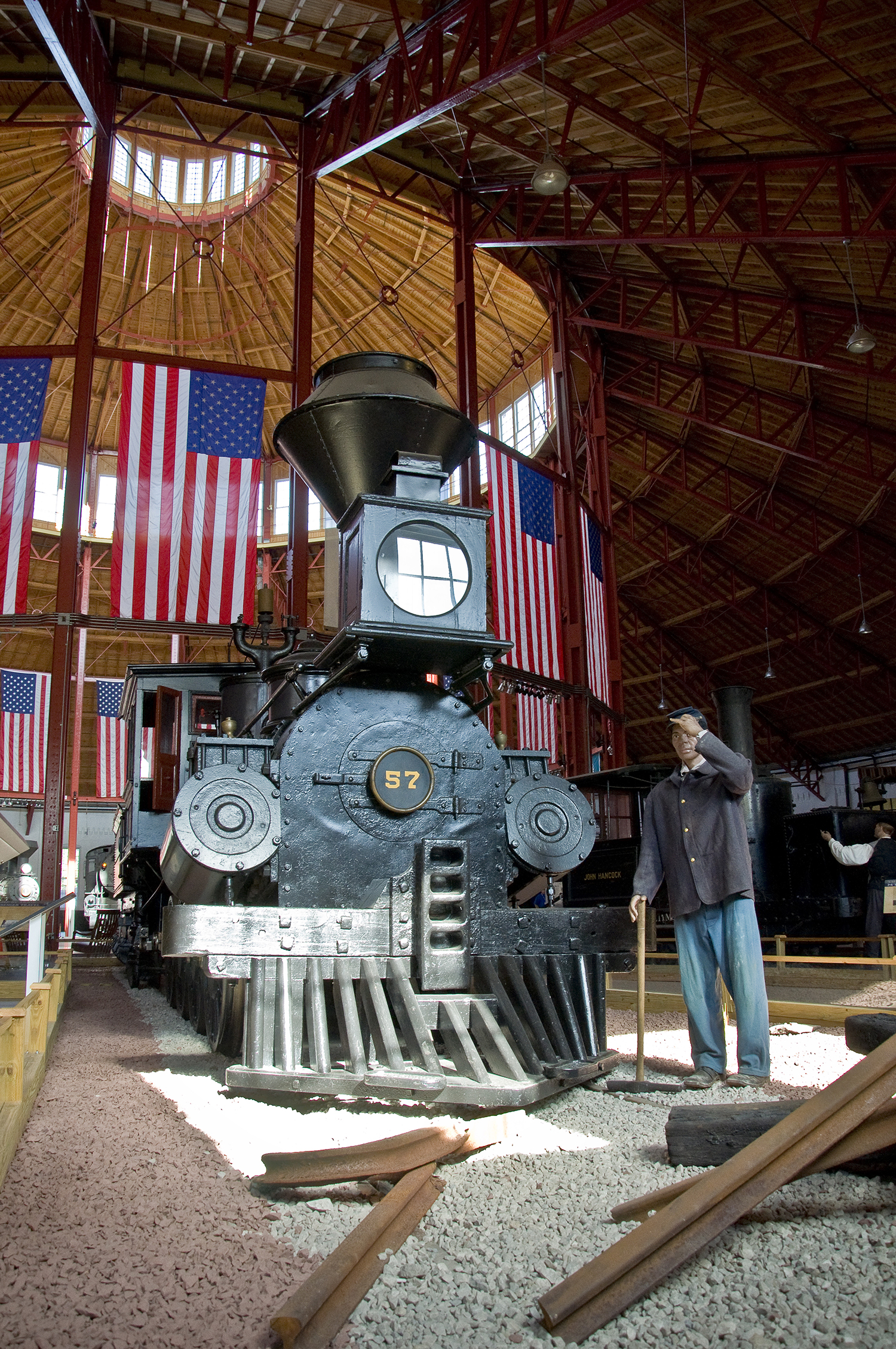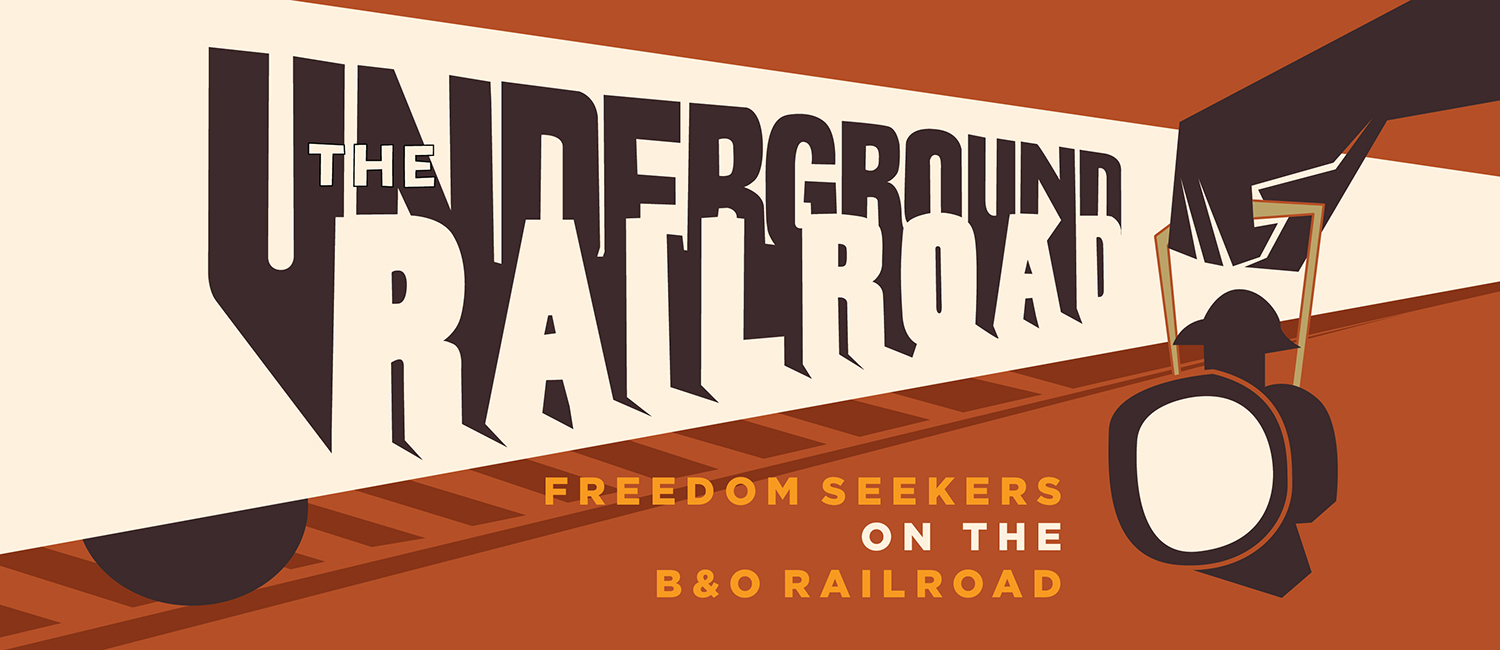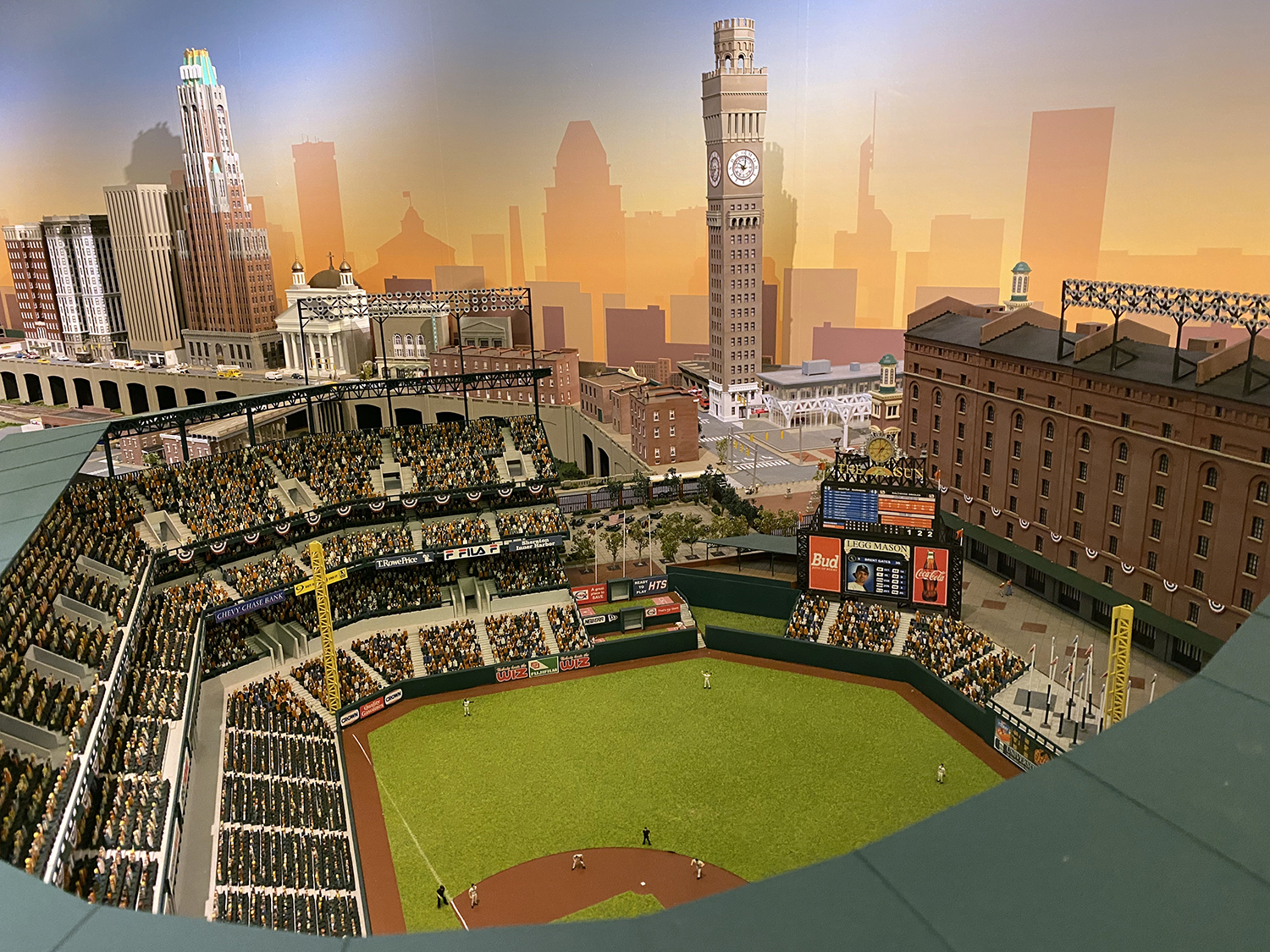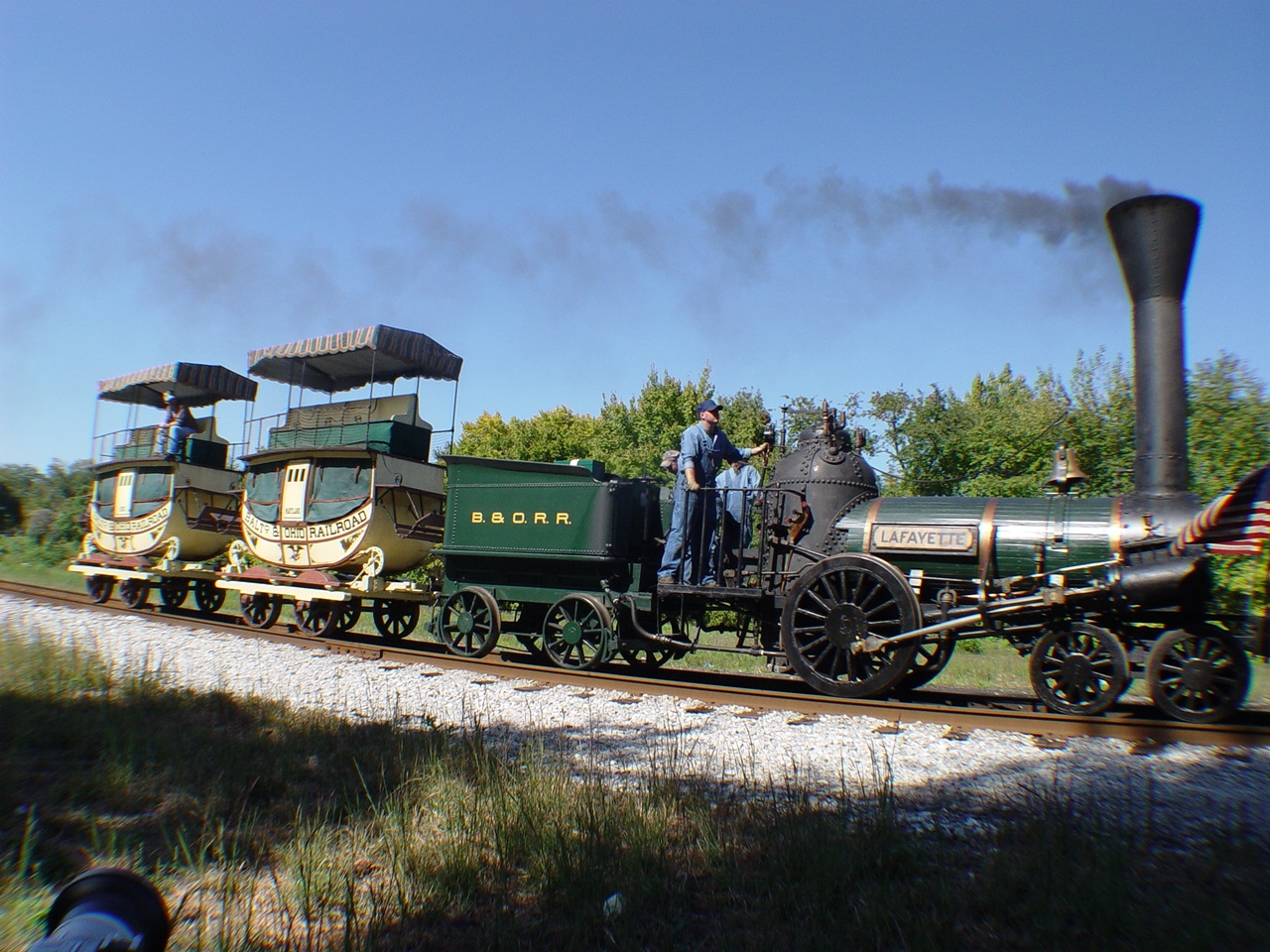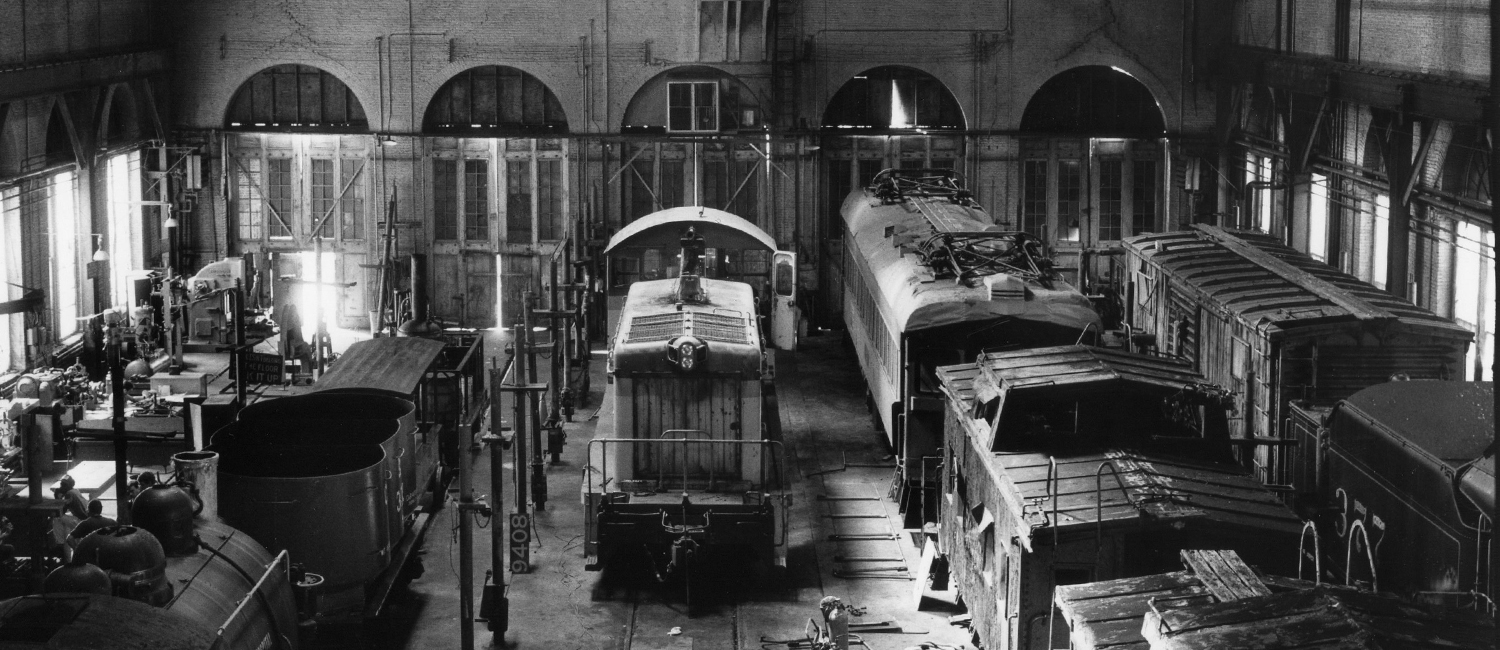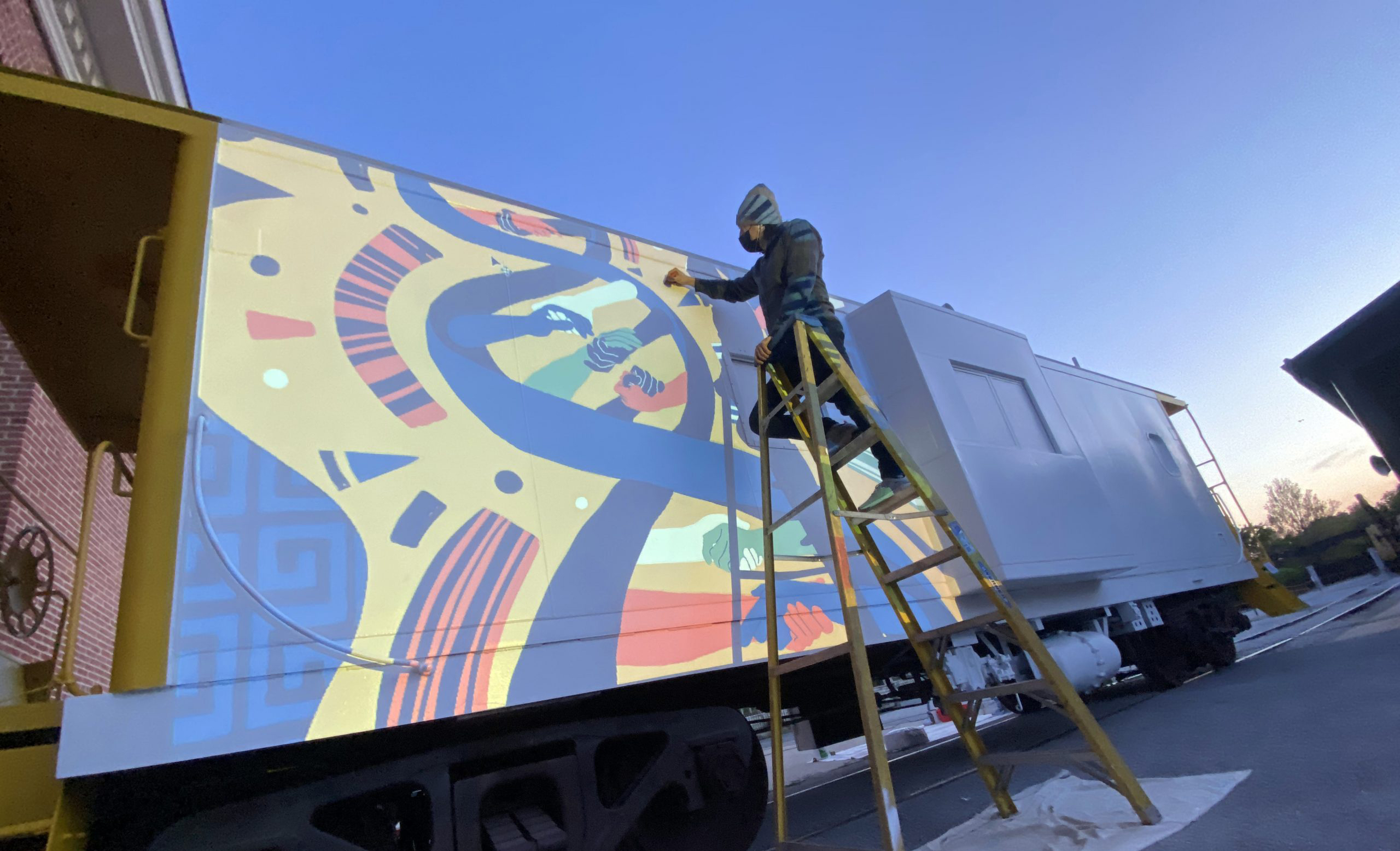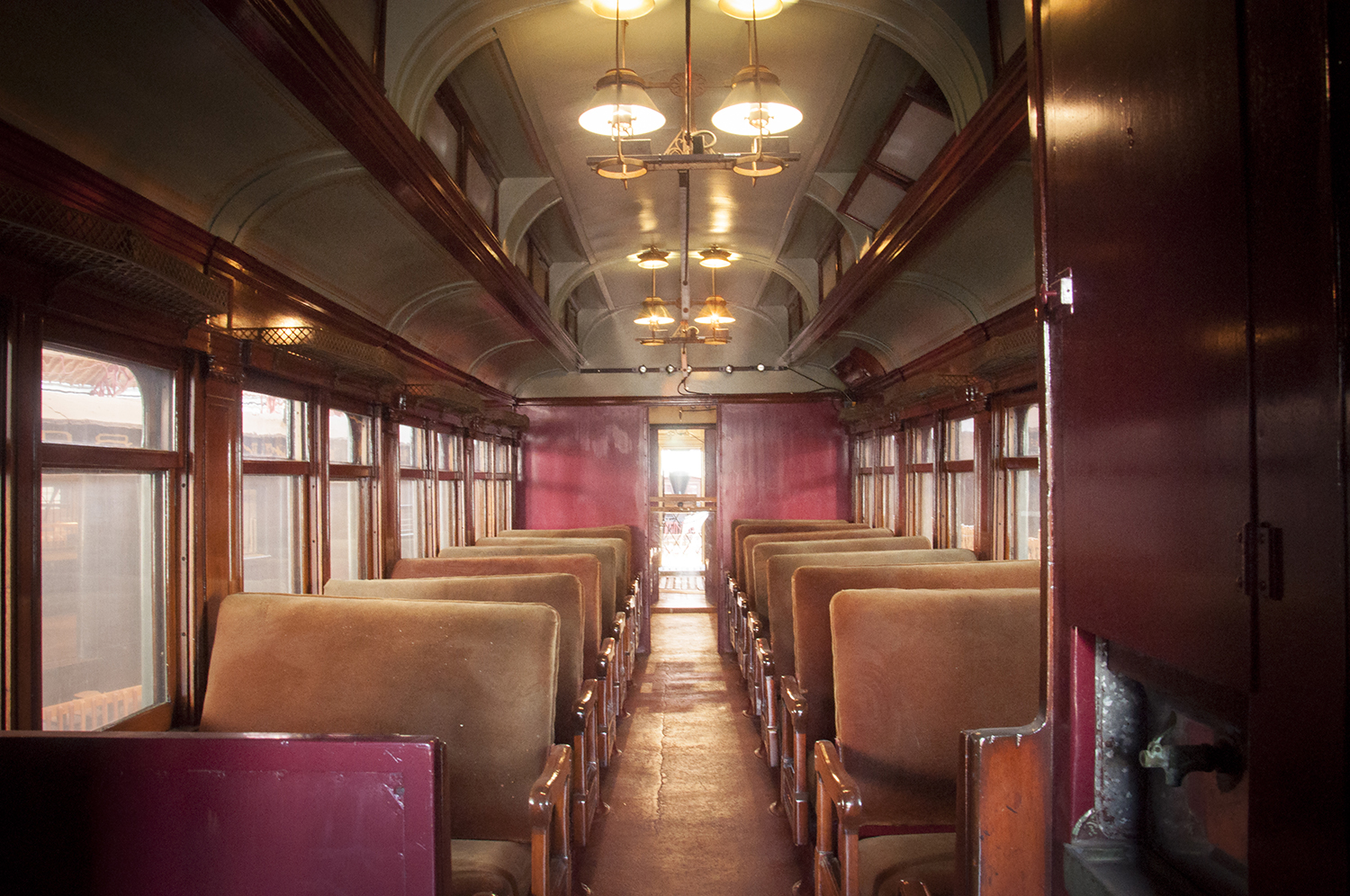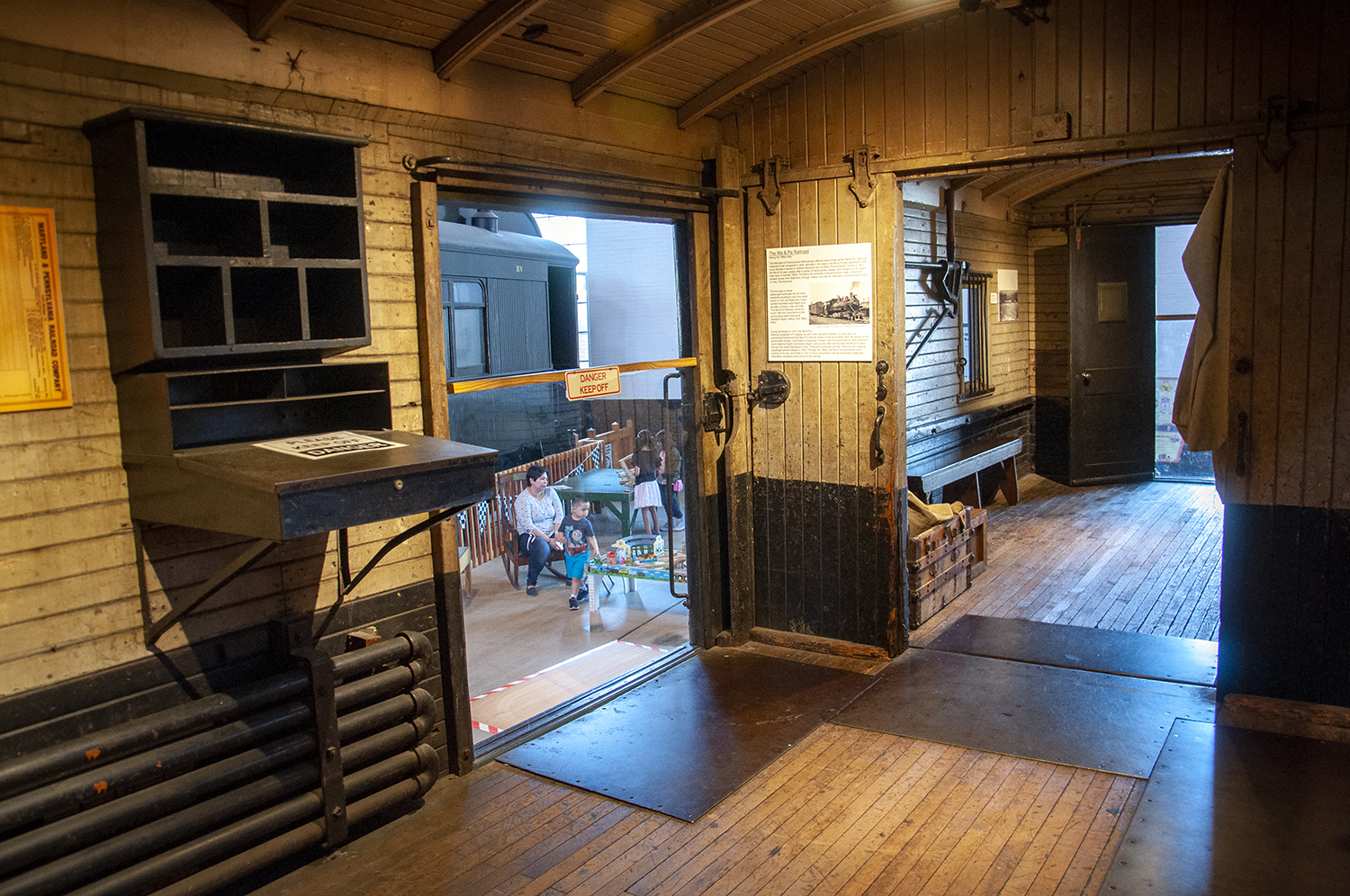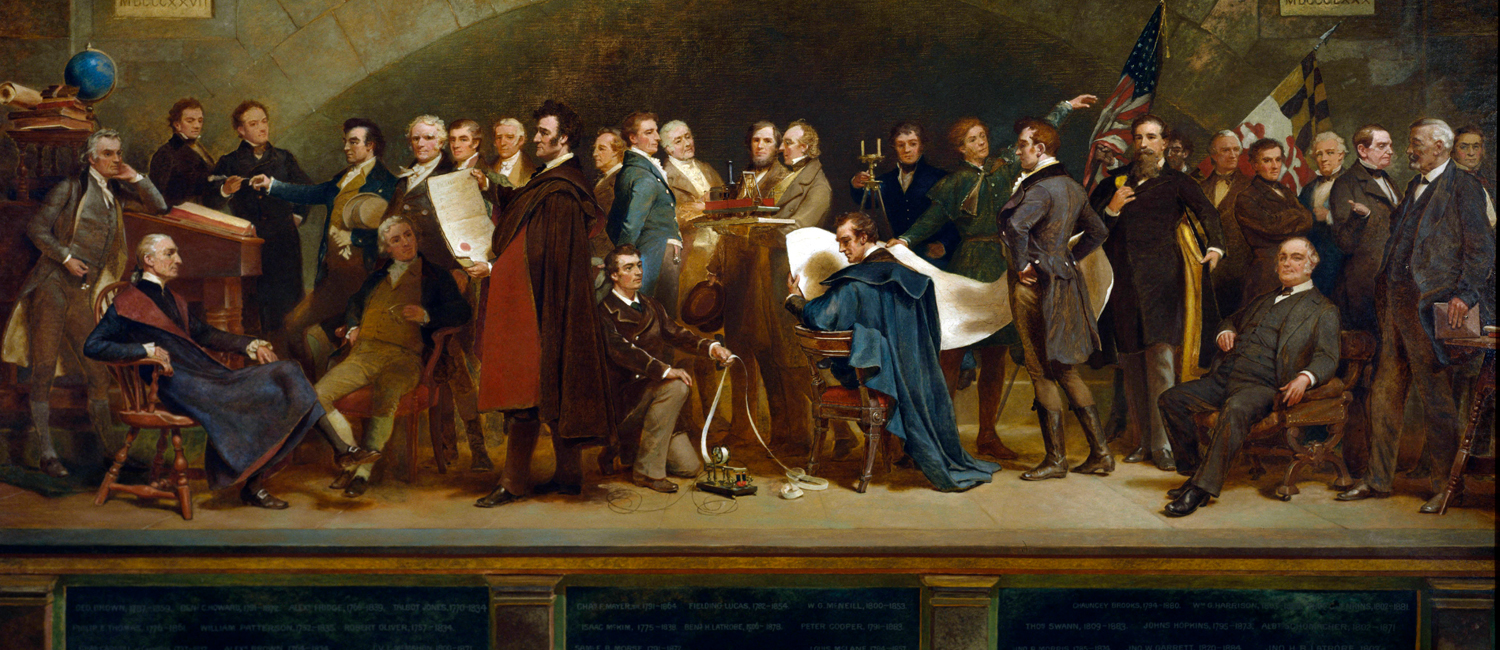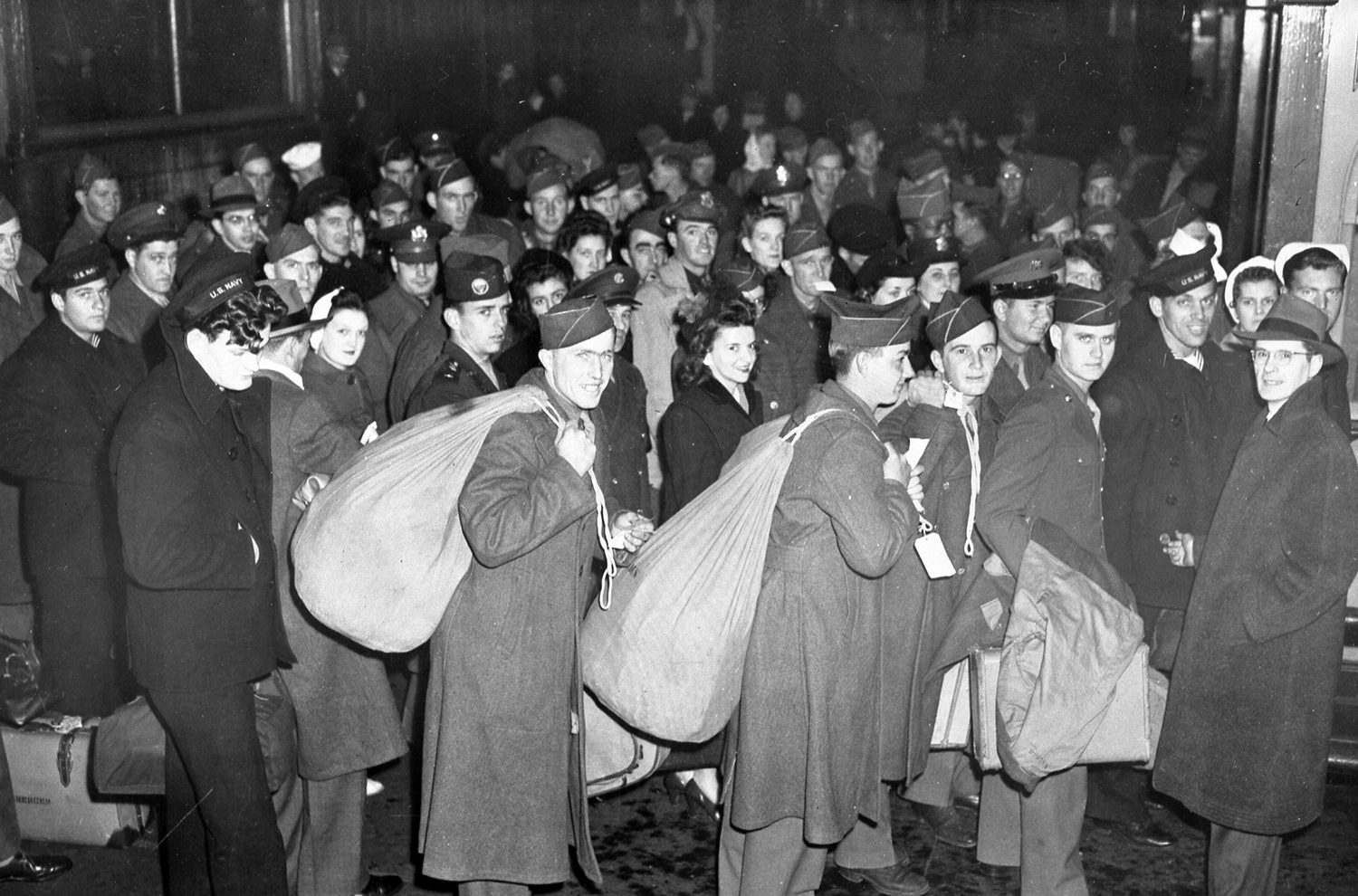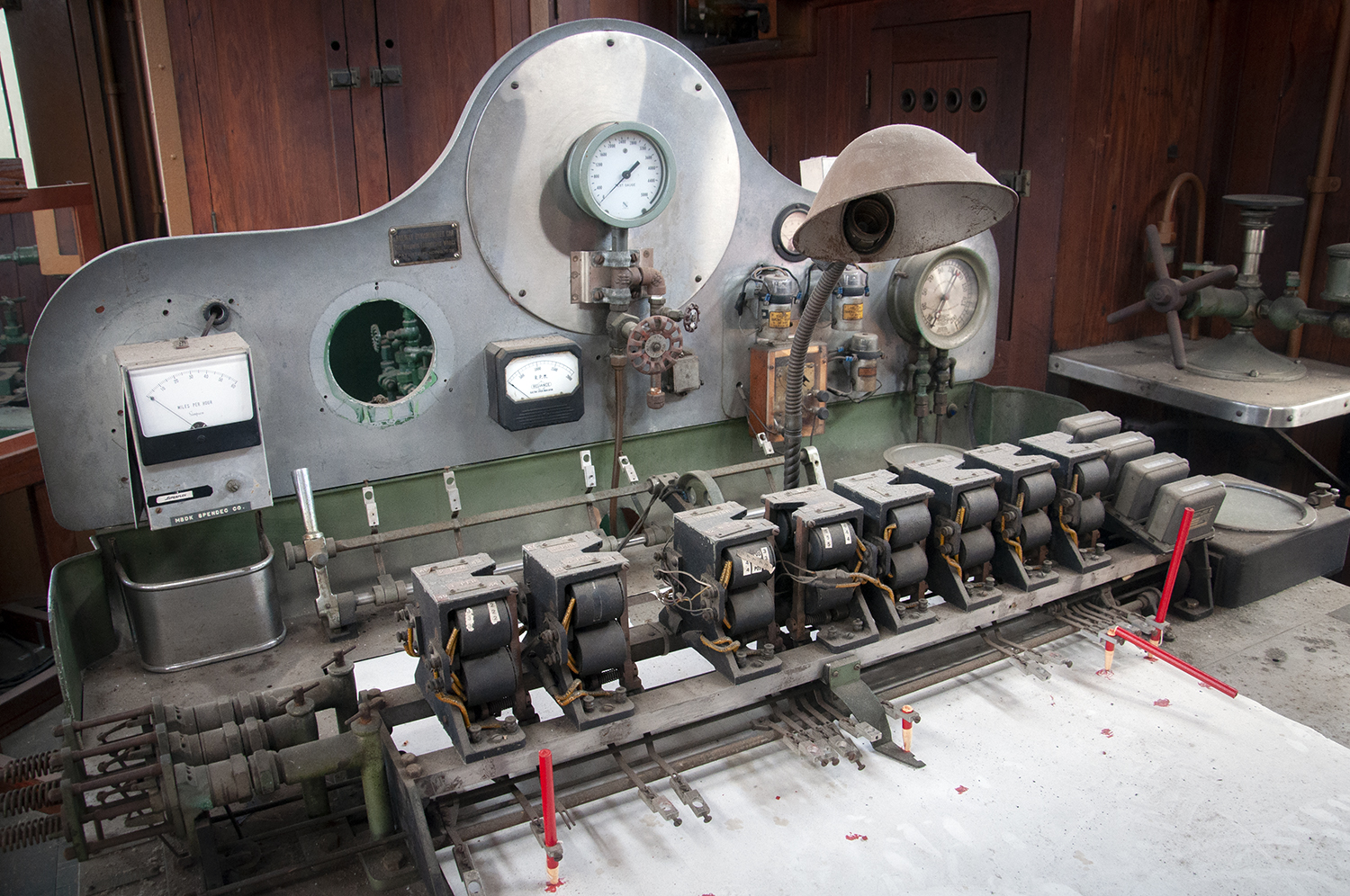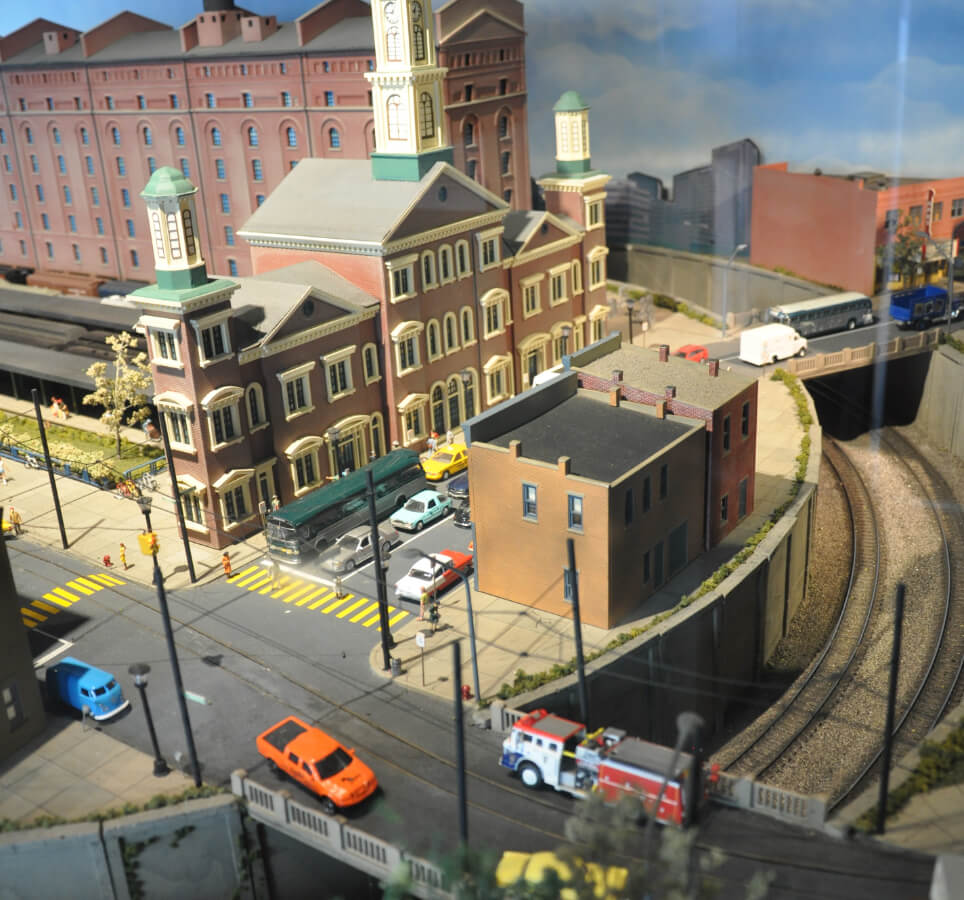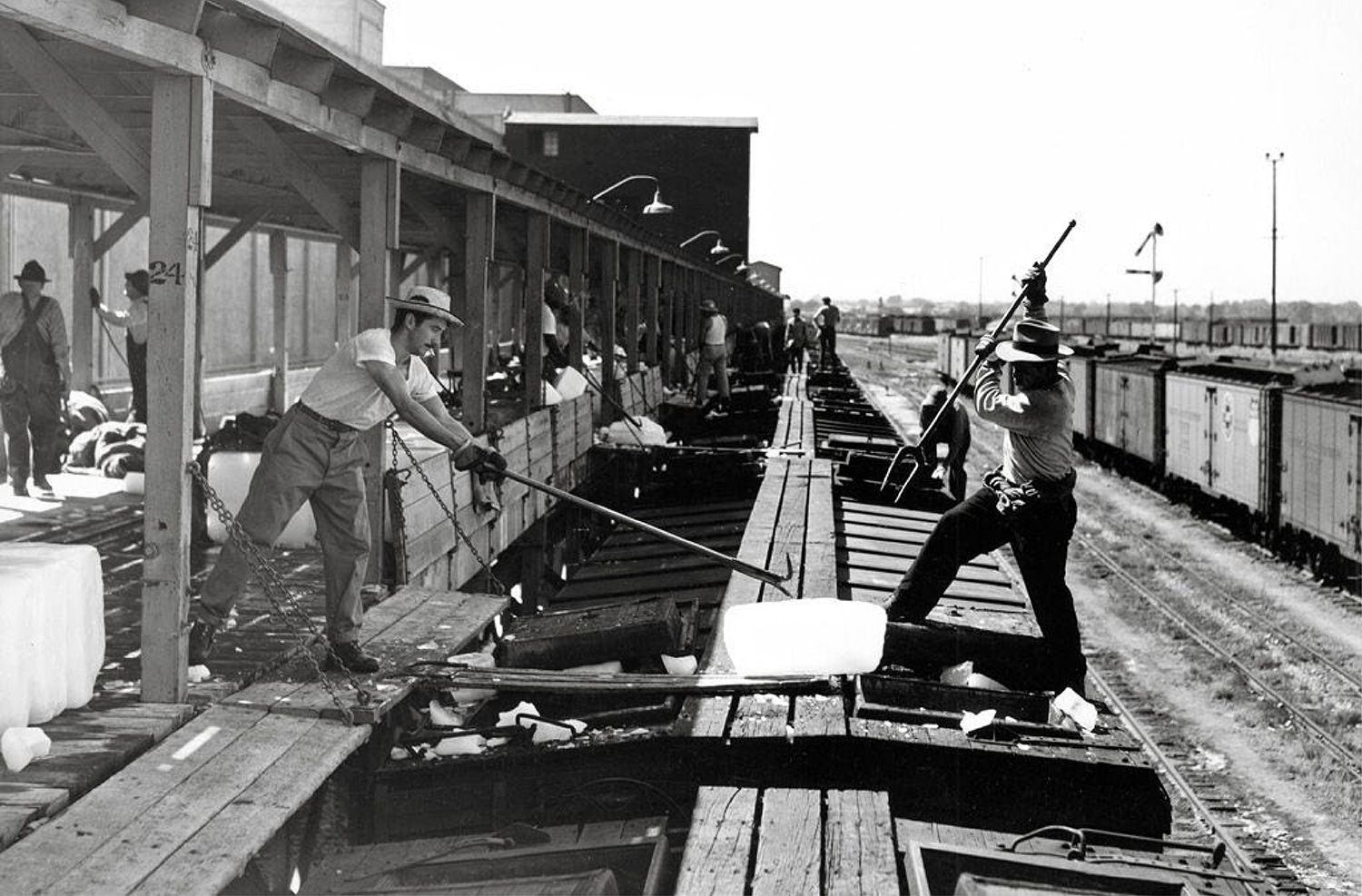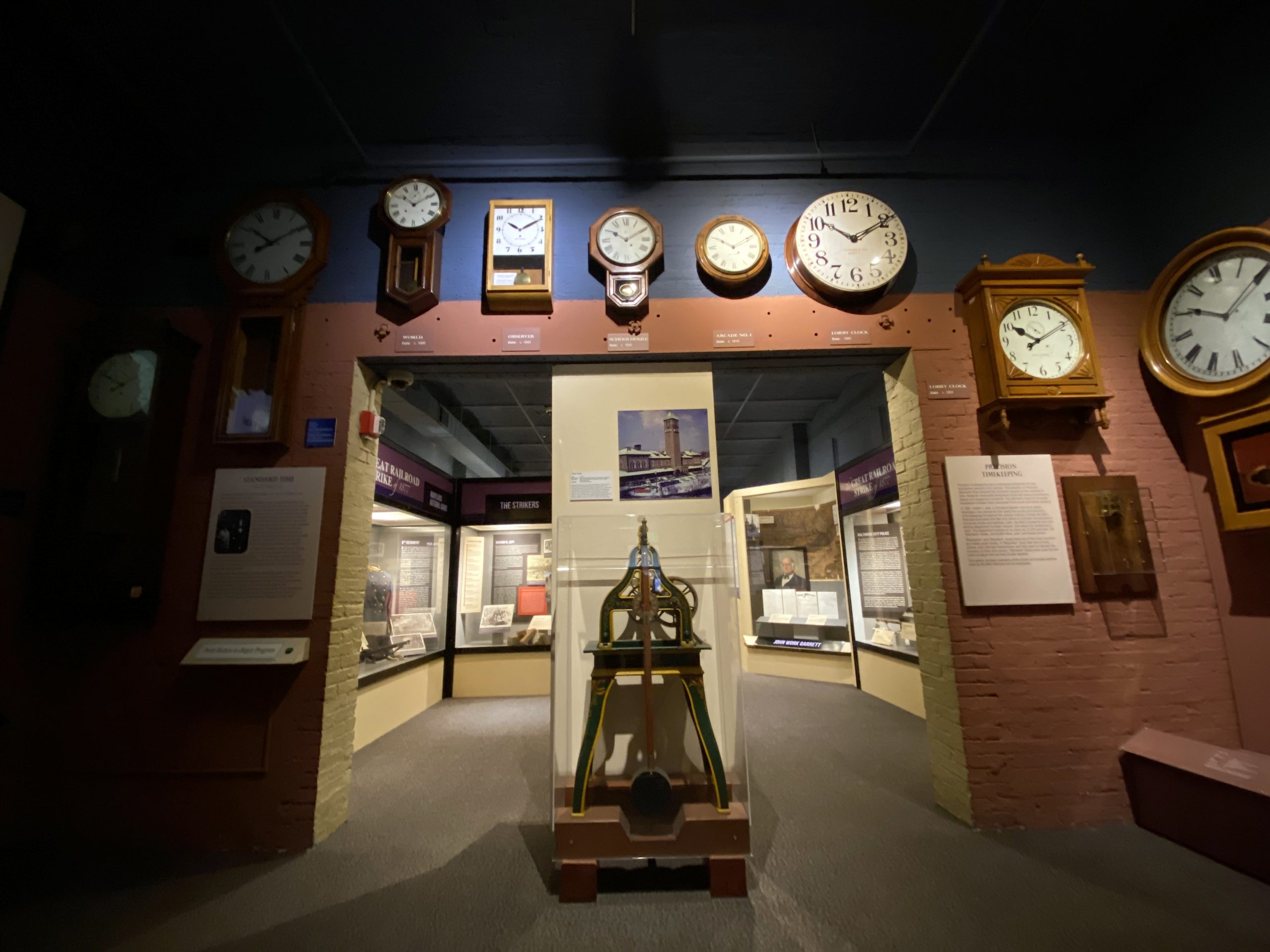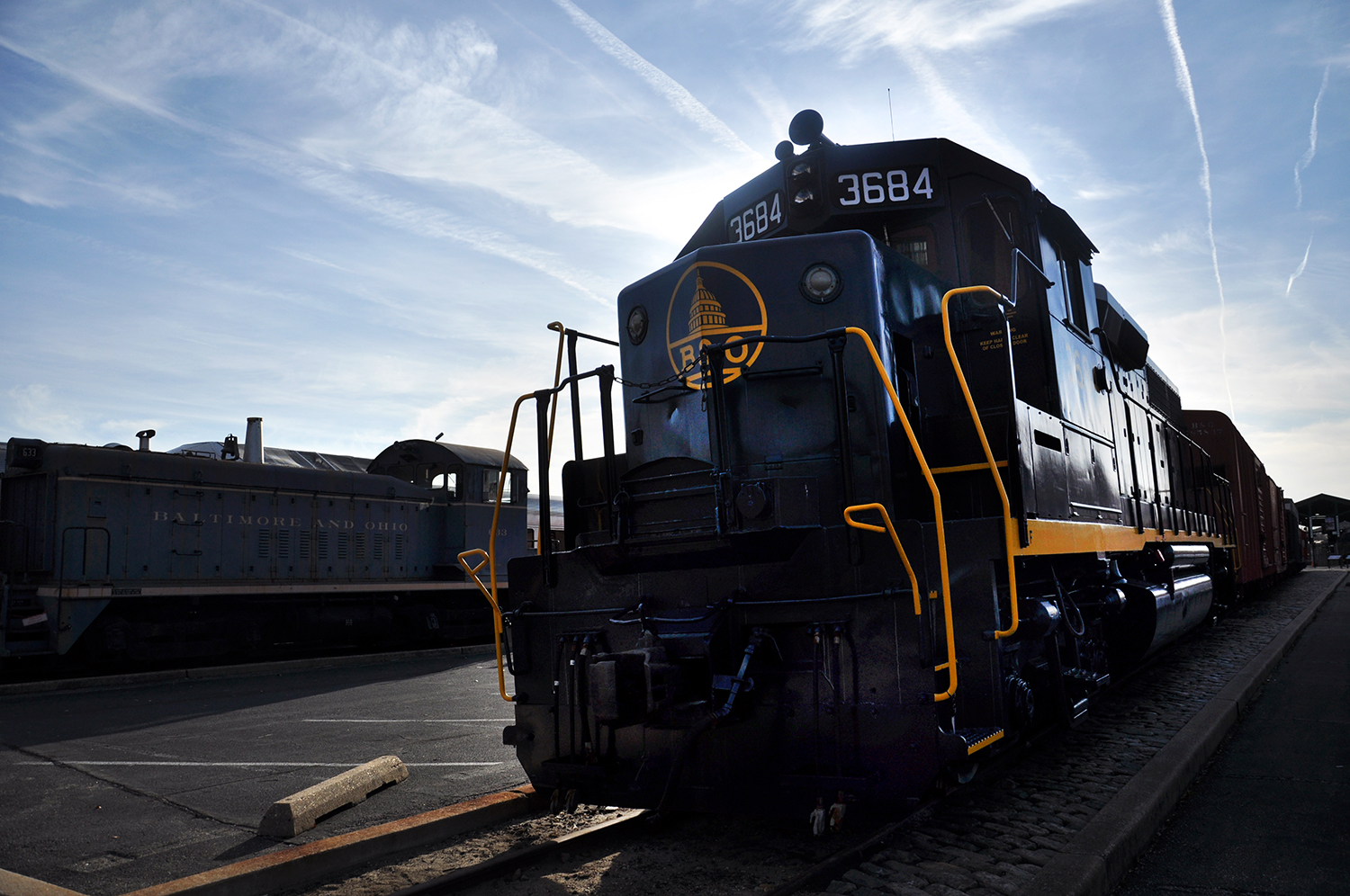Location: Roundhouse, Bays 5-9
The Civil War was the first conflict in the world fought with trains, a new technology at the time. As the railroad spanning the Northern front, the B&O Railroad played a decisive role during the Civil War, and with it a myriad of developments in domestic passenger travel, freight shipping, and even warfare itself. See examples of period passenger cars like the B&O No. 21. The B&O No. 57 Memnon, which is designated as a National Historic Landmark, is one of the last remaining locomotives that saw combat during the Civil War. Learn more about how the B&O Railroad became of increasingly large importance to the Union during the war, and how they would fall victim to attacks and a devastating seizure of hundreds of pieces of railway equipment and track by the Confederacy.
The B&O’s tracks extended south from Baltimore to Washington, DC, and west to the Ohio River across Maryland and West Virginia, the front line of Union territory. The B&O Railroad President at the time, John Work Garrett, collaborated so closely with President Abraham Lincoln that the B&O Railroad was nicknamed Lincoln’s Railroad. Garrett and the B&O also worked closely with the U.S. Army’s United States Military Railroad (USMRR) to coordinate the Union railroad war effort. In the seven weeks following the end of the war, some 206,000 Union troops returned home on the B&O Railroad.
African Americans have a rich railroad history, starting with the time of slavery and their utilization of railroads on the Underground Railroad. In 2021, our museum was designated a National Underground Railroad Network to Freedom Site, reflecting the B&O’s rich history with the Underground Railroad.
The exhibition also introduces us to the “contraband” workers, the brave, formerly enslaved Black men who joined the Union Army through the USMRR by working the on the railroads, using their extensive knowledge of railway construction gained during their time in bondage to fight back against the Confederacy by destroying their railways and mending those in the North. These 10,000 men were the first Black people in the United States to be paid by the federal government for their work. For more information on African American railroading history from this time, click here.
Many of these men accepted this newfound employment opportunity because it ensured their protection by the Union Army. The Civil War exhibition concludes with the B&O No. 25 William Mason, built in 1856, which secretly carried President Abraham Lincoln to his inauguration in D.C. from Baltimore, MD on February 23, 1861.
For more information on the B&O’s pioneering technological advancements during the Civil War, click here.
